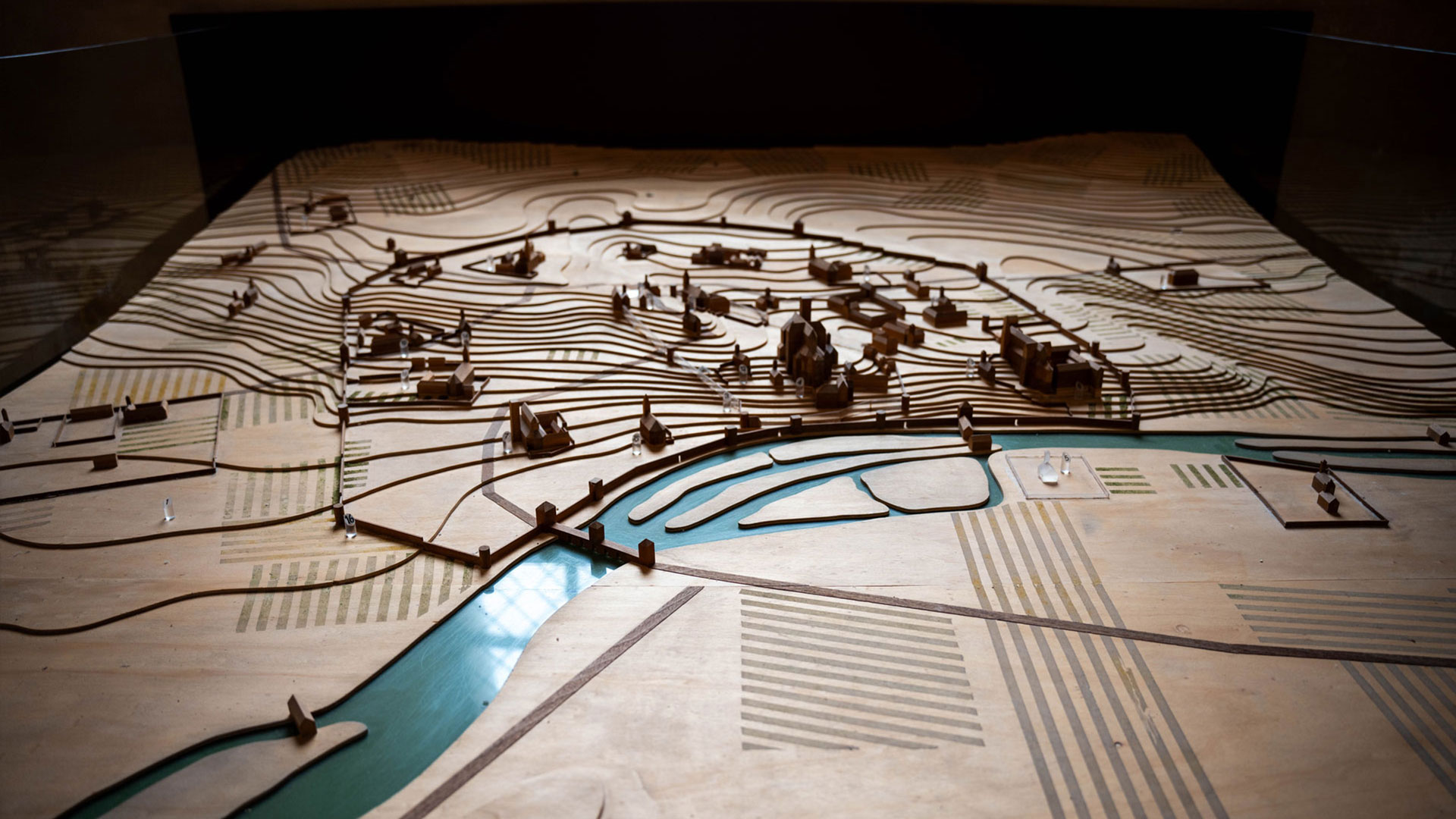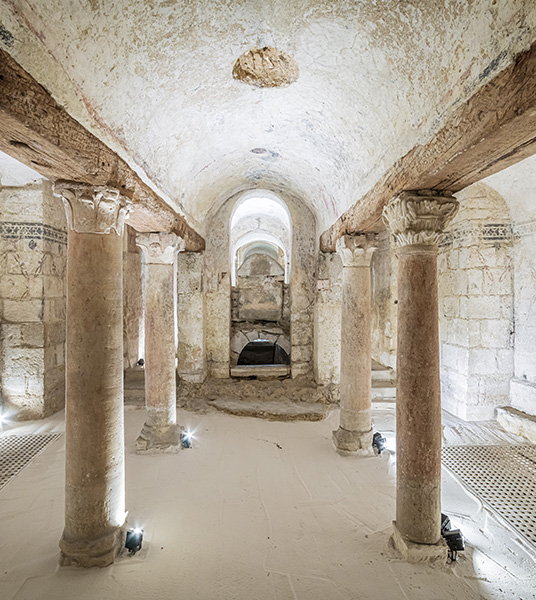
A place full of history
Sixteen centuries of history for an abbey that overlooks the Yonne. The Abbey of Saint Germain is an outstanding example of this, with some of the oldest wall frescoes in France.
A ROMANTIC FIGURE
Germain was born in the Auxerrois region around 378. Born into a family of wealthy landowners, he had the chance to study hard. To do so, he went to Autun and then to Rome. There he learned the arts of speech and became “one of the great orators of his time”.
According to tradition, when he was 30 years old, he was named provincial governor, the high point of his career in the imperial administration.
In 418, on the death of St. Amatria, Germain, designated as his successor, was appointed bishop by acclamation of the crowd. He then devoted himself to the service of the Church and led a pious life.
He also donated most of his possessions to the church in Auxerre.
A contemporary of Saint Patrick, to whom he is said to have given instruction around 420, he also played an important role in the life of Saint Genevieve, the patron saint of Paris, whom he supported in her religious vocation.
St. Germain fell ill and at the age of about 70, he died on 31 July 448. In accordance with tradition and his last wishes, a funeral convoy was organised to bring Germain’s body back to Auxerre.
He was buried in the Saint-Maurice oratory that he had founded, on the site of the present crypt.

FROM THE 6TH TO THE 18TH CENTURY
Although the origins of the Abbey date back to the 5th century, the oldest preserved buildings date from the 9th century.
These are the Carolingian crypts located under the abbey church. They still house the sarcophagus of Saint Germain as well as a set of wall paintings considered to be the oldest wall frescos in France.
The monastic buildings are architecturally varied, as evidenced by the 12th-century chapter house, the 14th-century cellar and the 18th-century cloister.
The former Romanesque aisle of the abbey church, destroyed in the 1810s, has been the subject of archaeological excavations. An archaeological crypt allows visitors to discover the results of this research.
Throughout the year, the Abbey, City of Speech and Sound, hosts numerous cultural events, as well as the collections of the Museum of Art and History and temporary exhibitions.